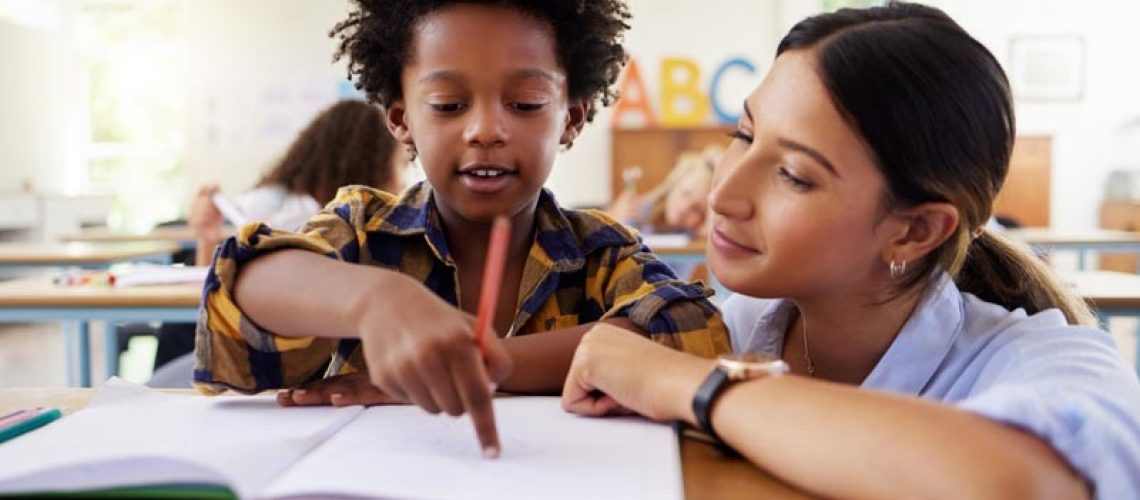
Private schools prioritize learning in a variety of ways, but one of the most significant is their collective commitment to keeping class sizes small. Whereas public schools may have upwards of 30 students or more in a classroom, private schools often cap class size to help students and teachers reap the academic, social and developmental benefits of having significantly smaller student-to-teacher ratios. Here are four ways small classes optimize education for all involved.
Stronger teacher and student relationships
Small class sizes give the teacher the time needed to get to know their students better–to identify strengths, as well as any learning challenges which might require special consideration. “Teachers get to know every student and their family personally,” says Andy Hall, vice principal of Toronto’s WillowWood School. “This enables a team-based approach to learning.” Smaller classes also afford teachers more opportunity for one-on-one instruction and assistance, which can help fortify their connection with their pupils. “When students have meaningful relationships with their teachers, they trust more, ask for help more readily, and solve problems more quickly,” says Dean Van Doleweerd, assistant head of learning at Lakefield College School in Lakefield, Ont., where the average class size is 15 students.
Enhanced sense of community
In addition to strengthening their bonds with teachers, students in small classes can forge stronger friendships with each other. Classmates have more opportunity to get to know one another better–be it through class work, group projects or socializing–which, in turn, can deepen their sense of community and help them feel more comfortable and confident around their peers. “When students know their voices will be heard, that they are an important part of the experience, classes become places where confidence is built and skills are developed,” says Van Doleweerd.
Tailored teaching
One size doesn’t fit all when it comes to learning and small class sizes allow teachers to tailor their lessons to meet the unique needs and learning styles of their students. “Teachers are able to provide thorough and sensitive feedback, both in daily interactions and on assessments,” says Michael Booth, principal of Blyth Academy’s Lawrence Park location in Toronto. Small class sizes also make it easier for teachers to track student success and monitor progress, then pivot or make adjustments accordingly. “Our teachers extend their engagement to students’ families,” Booth says, “with frequent and comprehensive communication about progress, concerns and notable achievements.”
Engaged learning
According to a University of California study, results have shown that students in small classes are more engaged in their lessons and, as a result, also perform better on tests, compared to students that typically have lower achievement. Fewer students in a class means teachers can explore more new topics more often and students have more opportunities to participate in classroom activities and discussions. “Students in small classes may feel less intimidated to participate or to ask questions as fewer eyes and ears are focused on them,” says WillowWood teacher Steve Taylor. The result, says Hall, is “a more positive, less stressful, calmer, quieter and more productive learning environment.”
 Private schools prioritize learning in a variety of ways, but one of the most significant is their collective commitment to keeping class sizes small. Whereas public schools may have upwards of 30 students or more in a classroom, private schools often cap class size to help students and teachers reap the academic, social and developmental benefits of having significantly smaller student-to-teacher ratios. Here are four ways small classes optimize education for all involved.
Private schools prioritize learning in a variety of ways, but one of the most significant is their collective commitment to keeping class sizes small. Whereas public schools may have upwards of 30 students or more in a classroom, private schools often cap class size to help students and teachers reap the academic, social and developmental benefits of having significantly smaller student-to-teacher ratios. Here are four ways small classes optimize education for all involved.



